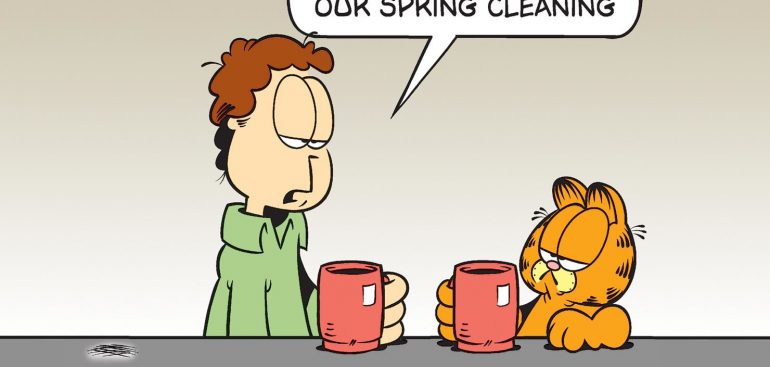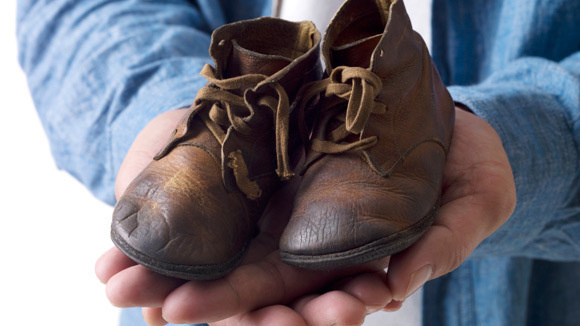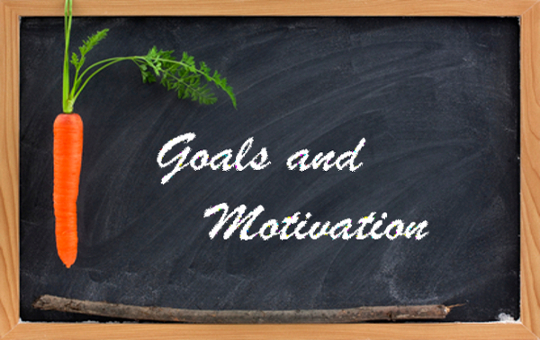Does your will or trust include instructions for how you wish your personal property dealt with after your passing?
I know – not the typical topic you think of around Thanksgiving – but what better time to share with your family and close friends your wishes with what happens with your personal property after you have passed.
Often times we take care of the basics – we set up a will or trust, name the executor(s) and make sure they know the ins and outs of the insurance polices etc. But, have you ever thought about the importance of taking it further so that in a time of grief your loved ones aren’t burdened with your possessions?
Your instructions don’t need to be complex – it can be as simple as a spreadsheet included with your will that outlines which of your possessions is the most meaningful and valuable, why they were or are of significance to you and who you wish to inherit.
You may be telling yourself that your family knows you well enough to know what is meaningful or valuable and there really isn’t a need – but I can tell you differently.
Many times I am hired by the estate or family to deal with the belongings in the house. In these instances there can be time constraints because property may be listed for sale as soon as possible.
It’s easy to look at this type of situation as simply transactional. But I can tell you that it is anything but.
Imagine a total stranger sorting through your prized possessions with no history or sense of value and dividing them up among your family?
As the professional left to liquidate the assets of someone’s lifetime, it’s sad for me to step in to deal with belongings I have no history and no understanding around. I find myself asking why a family member doesn’t want this? I’ve had many a client that has been burdened with what to do with a relative’s personal possessions.
My call to action for you today is to go beyond having the will and sharing with your family your wishes and desires in terms of your personal possessions. Communicate your wishes and have a plan.
Have a plan so that if a third party like myself must step in we understand what was most important to you and why. Give your family a road map so they can separate the important from the unimportant.
Suddenly inheriting a bunch of someone’s stuff – or the leftover stuff can be the domino that tips over and puts you in an overwhelming situation.
Do you have items at home you hang onto, despite them being ugly or useless, because it is an “heirloom”? Do you suffer guilt about getting rid of heirlooms you can’t use? Do you live in fear of throwing something out because it’s value and significance is unknown?
Take the time now to take control of the history you pass down – share with your family why an item is of value or is significant.
Simply sharing the significance and history may free you to get rid of the item – or will give your family a better context around why you have the item and what they wish to do with it.
Let your family know what is important so in the aftermath of your passing they know and understand why it was important.
Provide a plan so at a time of need, your family doesn’t have to question or wonder what were your wishes.






